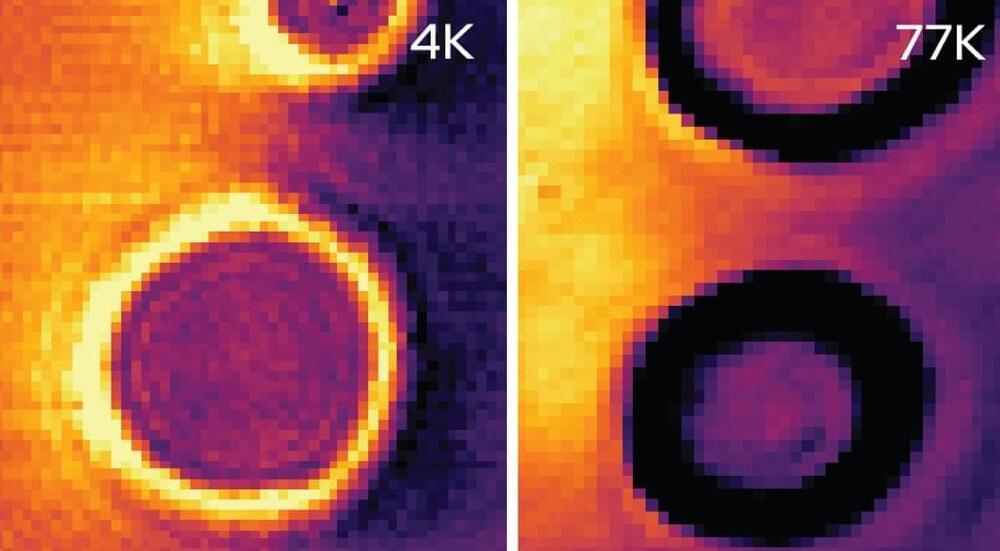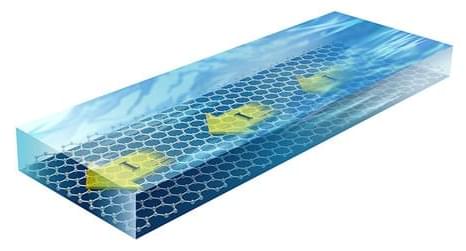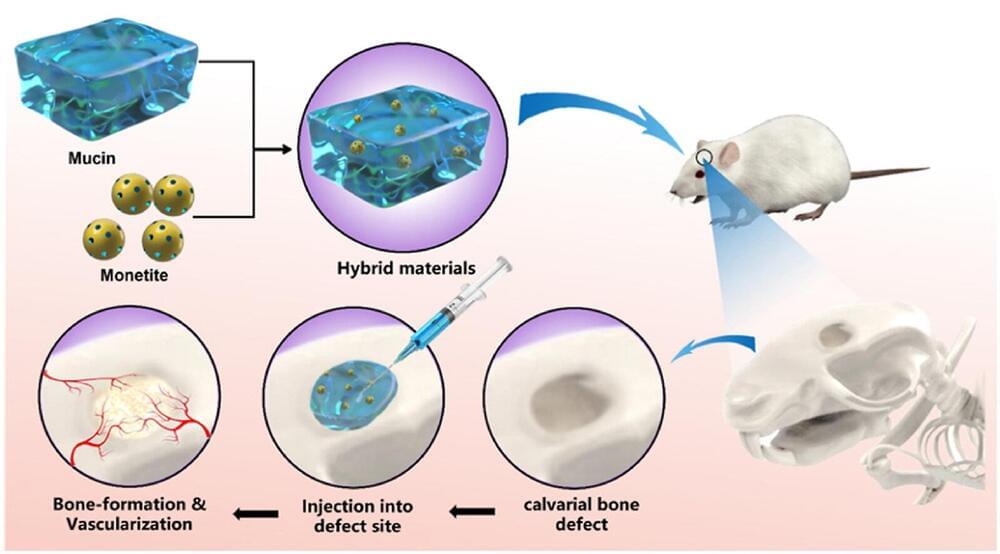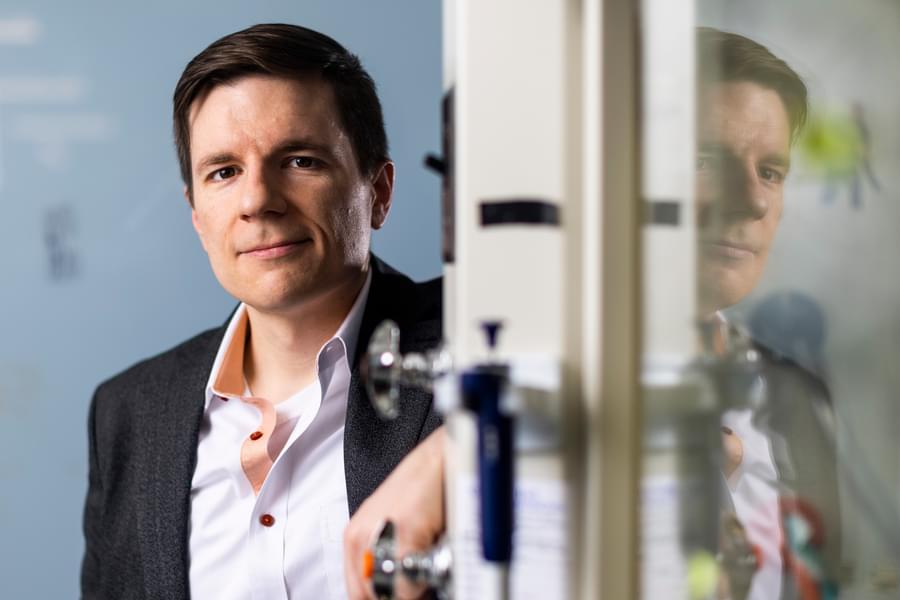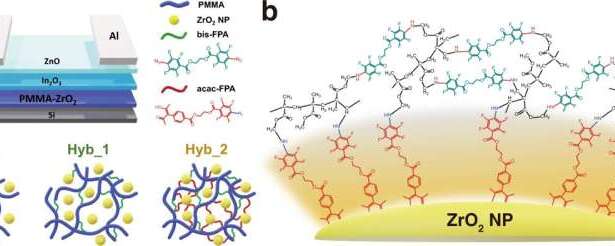Feb 20, 2023
Scientists propose using carbon-coated magnetite nanoclusters for synergistic cancer therapy
Posted by Dan Breeden in categories: biotech/medical, materials
Prof. Wang Hui, together with Prof. Lin Wenchu and associate Prof. Qian Junchao from the Hefei Institutes of Physical Science (HFIPS) of the Chinese Academy of Sciences, have recently reported a near infrared (NIR)-II-responsive carbon-coated iron oxide nanocluster that was guided by magnetic resonance imaging and capable of combined photothermal and chemodynamic therapy (CDT), for synergistic cancer treatment.
The results were published in SCIENCE CHINA Materials.
As a promising treatment strategy, CDT has become a hot spot in cancer research due to its simple operation and low side effects. The basic principle of CDT is that the nanozymes activate the intracellular Fenton reaction, leading to the over-production of hydroxyl radicals, which are toxic to cancer cells. Magnetite nanocrystals are widely used as Fenton reagents due to their non-invasive imaging ability and good biocompatibility. However, the ferromagnetic behavior and easy oxidization of magnetite nanocrystals lead to colloidal instability as nanozymes and limit the imaging-guided cancer therapy in practical applications.

